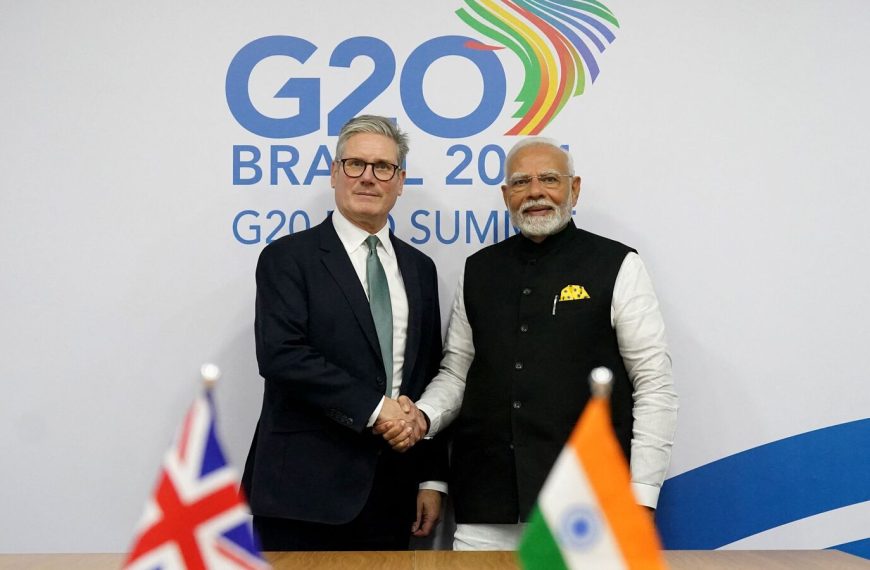In a significant economic forecast, India is projected to surpass Japan and secure its position as the fourth-largest economy globally by 2025. According to insights from the International Monetary Fund (IMF)‘s World Economic Outlook (WEO) report, India’s nominal GDP is anticipated to reach an impressive $4,287 billion, outpacing Japan’s expected $4,186 billion.
Steady Growth Ahead for India
The latest report indicates that India is on track for a stable growth rate of 6.2% in 2025, driven primarily by robust private consumption, particularly in rural sectors. However, this figure has been slightly adjusted downwards by 0.3% compared to earlier estimates made in January 2025, largely due to escalating trade tensions and global uncertainty.
- India’s projected GDP (2025): $4,287 billion
- Japan’s projected GDP (2025): $4,186 billion
- Expected growth rate for India: 6.2%
Global Economic Landscape
In terms of the world’s economic hierarchy, the United States remains the clear leader with a staggering nominal GDP of $30,507 billion in 2025, followed by China at $19,231 billion and Germany at $4,744 billion. This data underscores the persistent dominance of the U.S. and China as the top two economies, with significant gaps to the following nations.
Demographic Dynamics: India vs. Japan
A notable factor contributing to India’s economic ascent is its demographic advantage. With a burgeoning young population, India stands in stark contrast to Japan, which is grappling with an aging workforce. The IMF report notes that while India’s workforce is expected to grow, Japan’s contribution to the labor market will slow due to its aging population.
- India’s workforce growth: Strong due to a younger demographic
- Japan’s workforce challenge: Declining contribution from older workers
Moreover, the report indicates that the benefits of healthy aging in contributing to economic growth will diminish as current workers transition into retirement, highlighting a potential future challenge for both nations.
Conclusion
As India gears up to reclaim its economic standing on the global stage, the interplay of youthful demographics, consumption patterns, and external economic pressures will be crucial. The IMF‘s insights provide a roadmap for understanding the shifting dynamics of the world economy as we approach 2025.
For more in-depth analyses and updates on global economic trends, check out related articles on economic forecasts and demographic studies.











